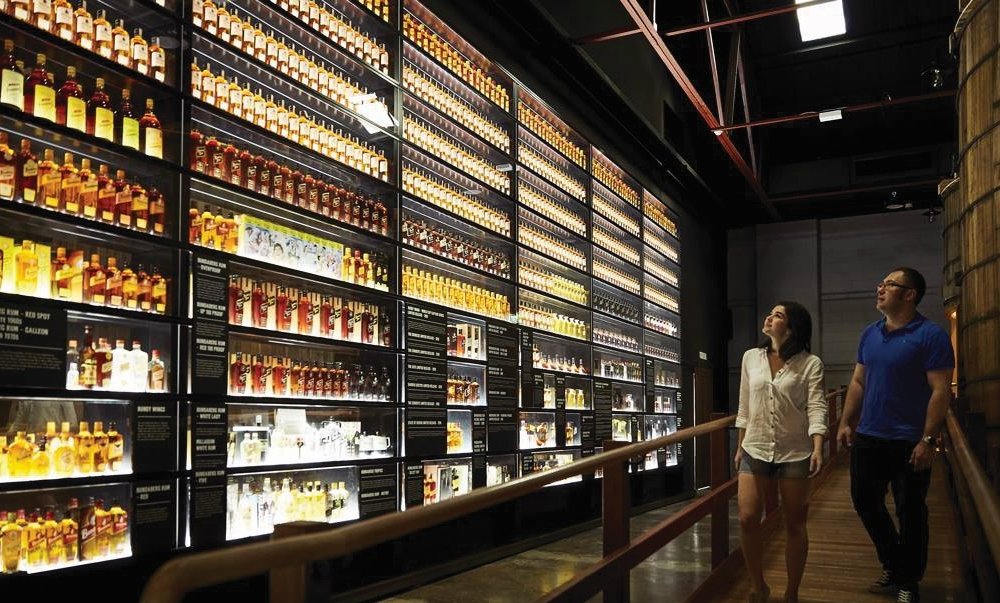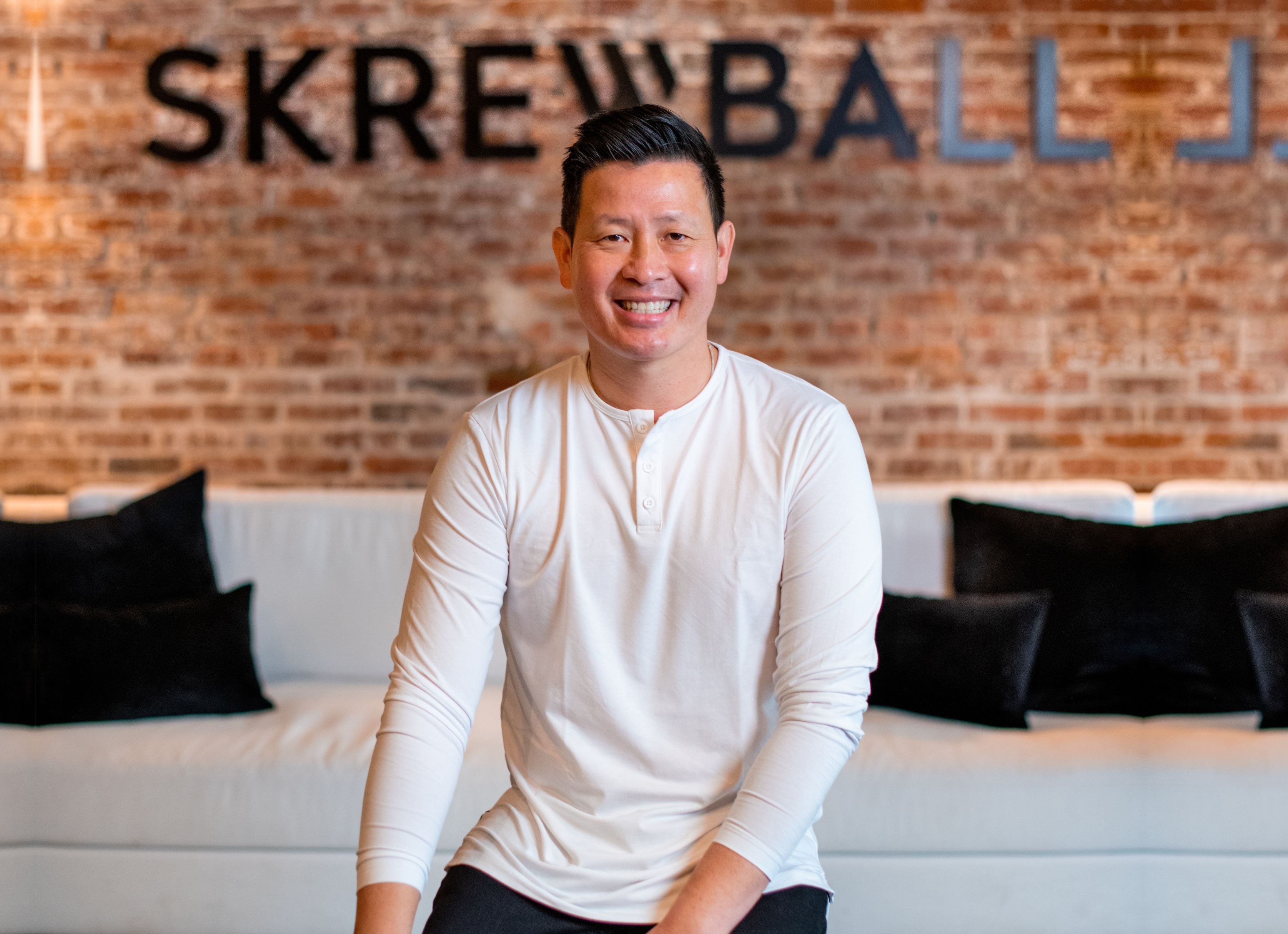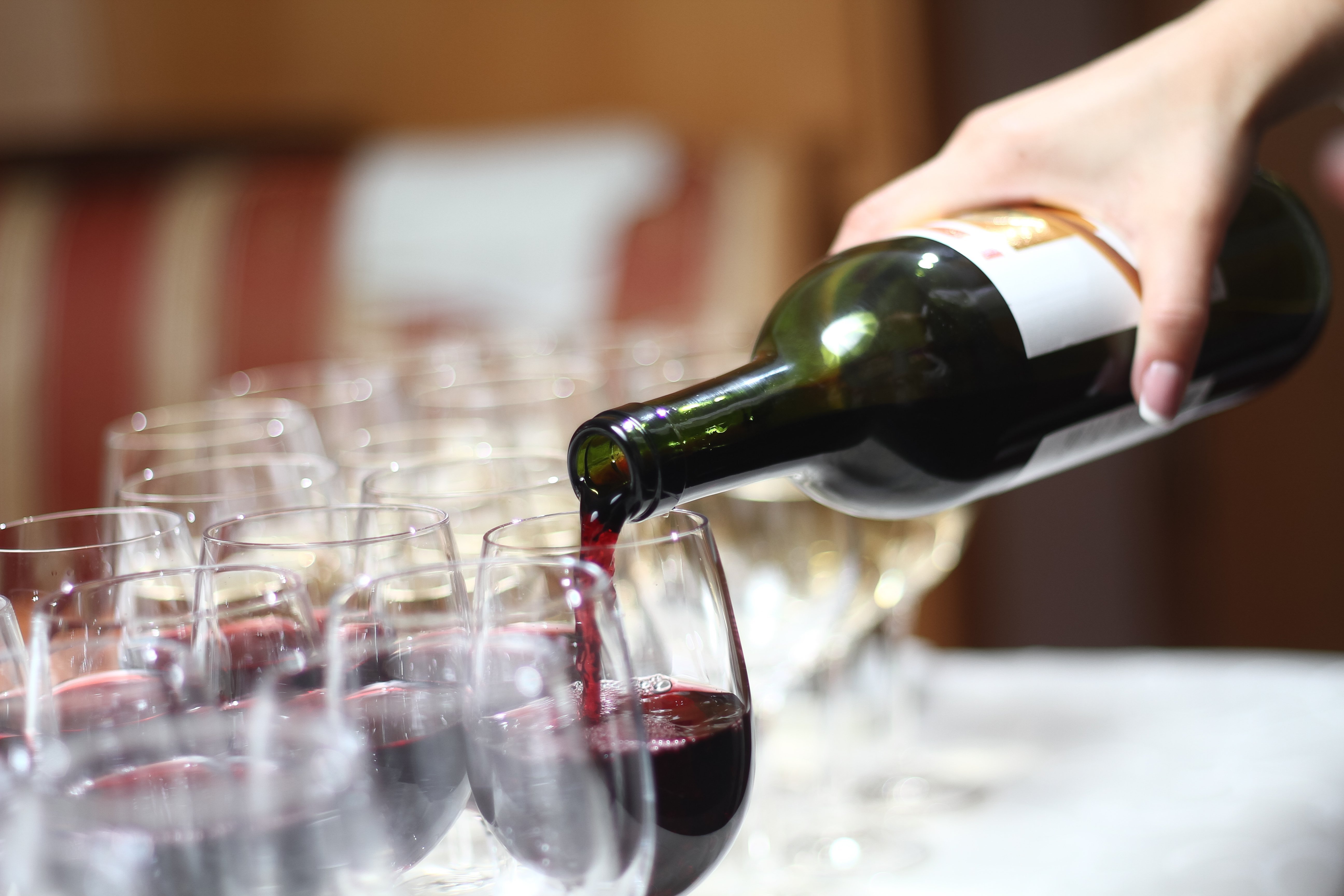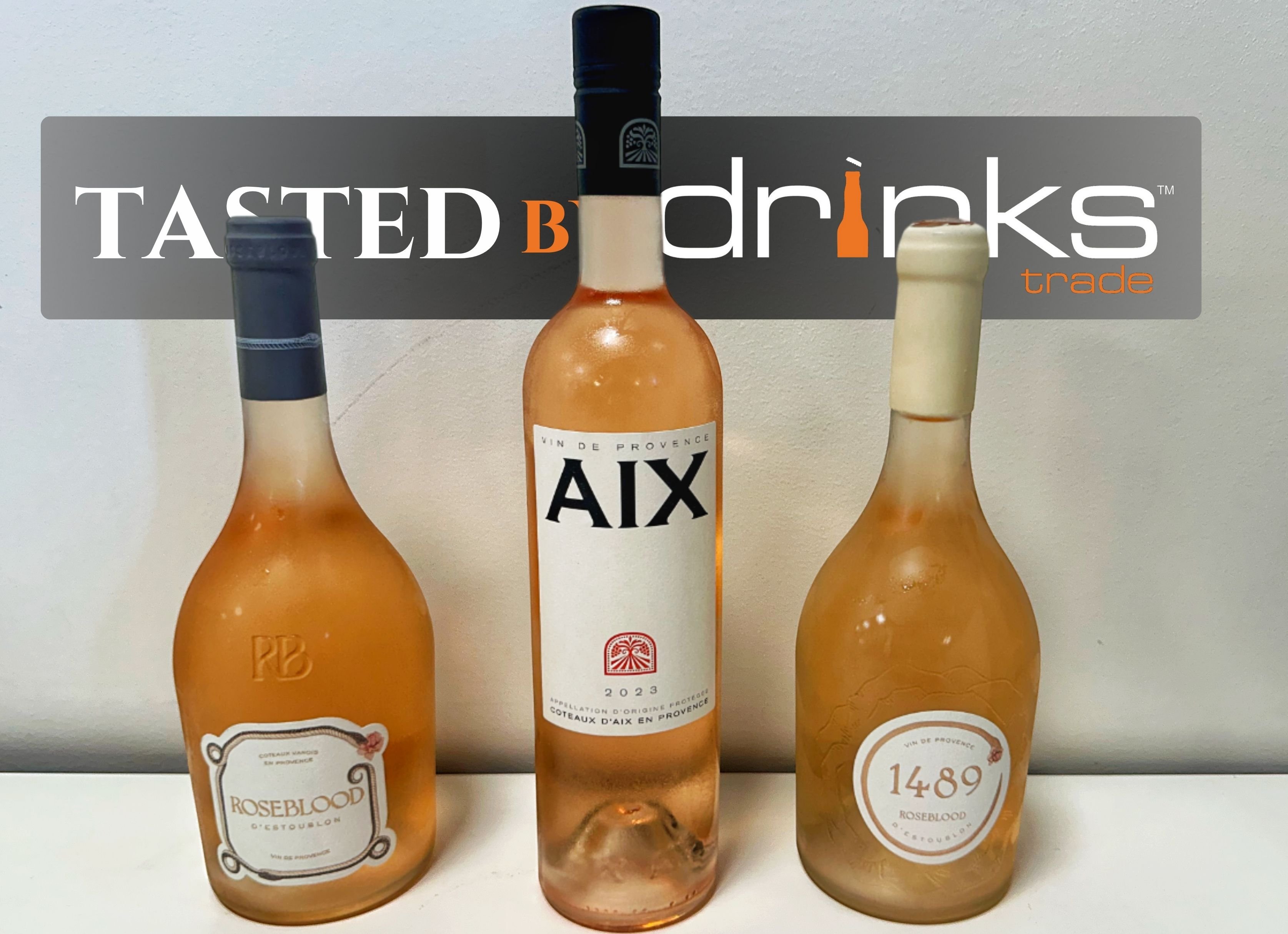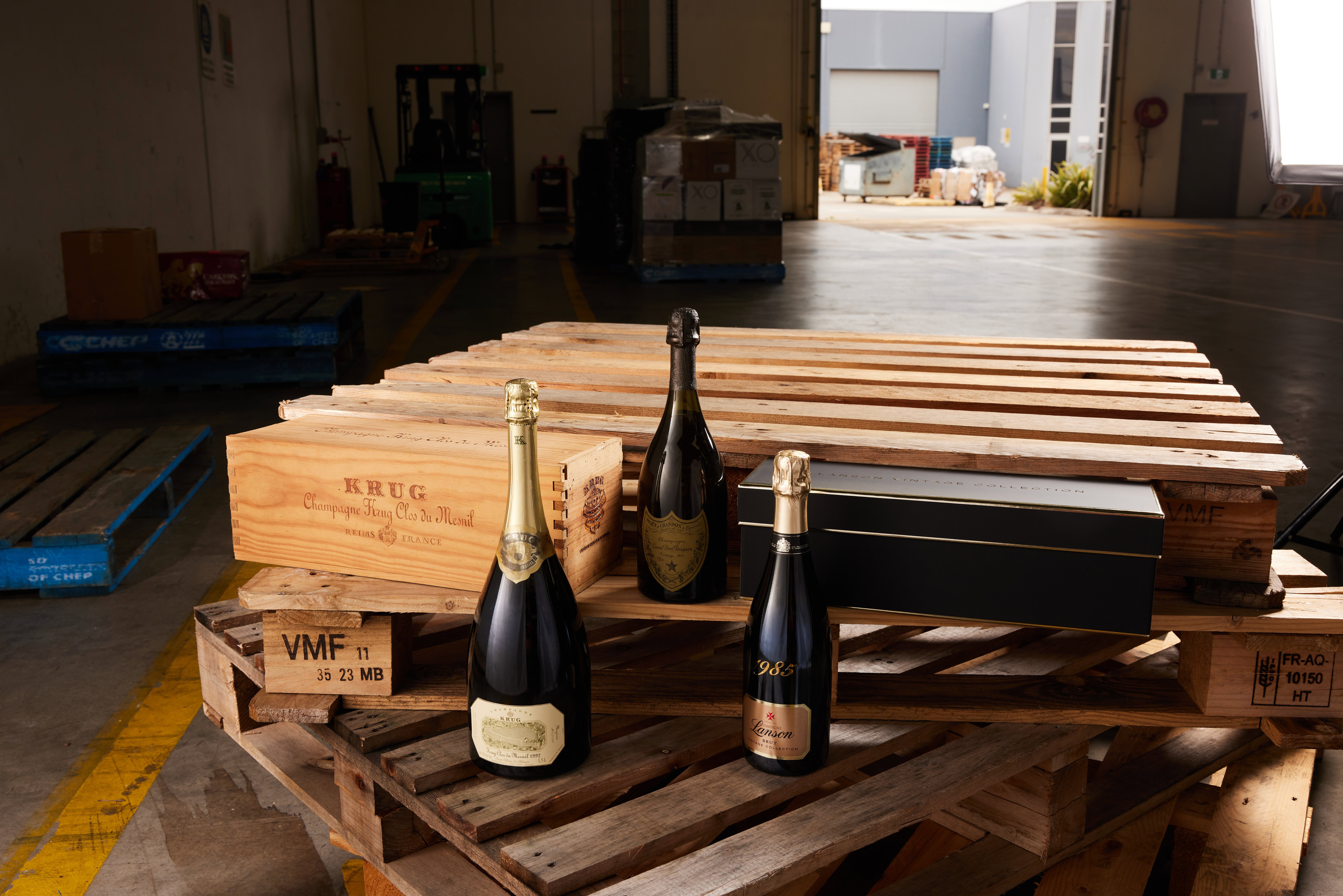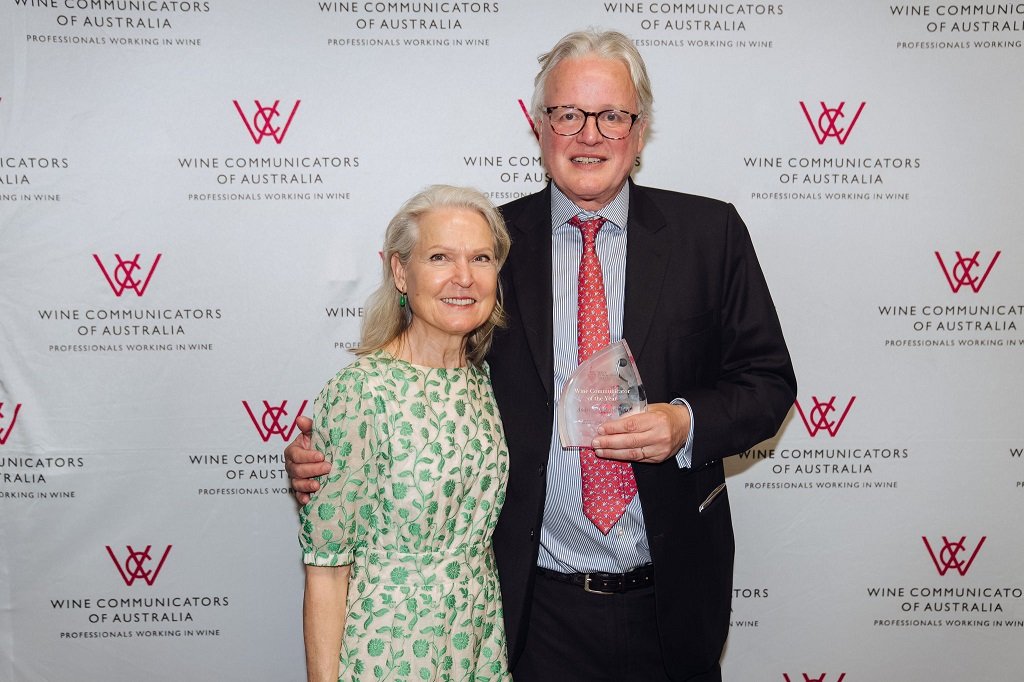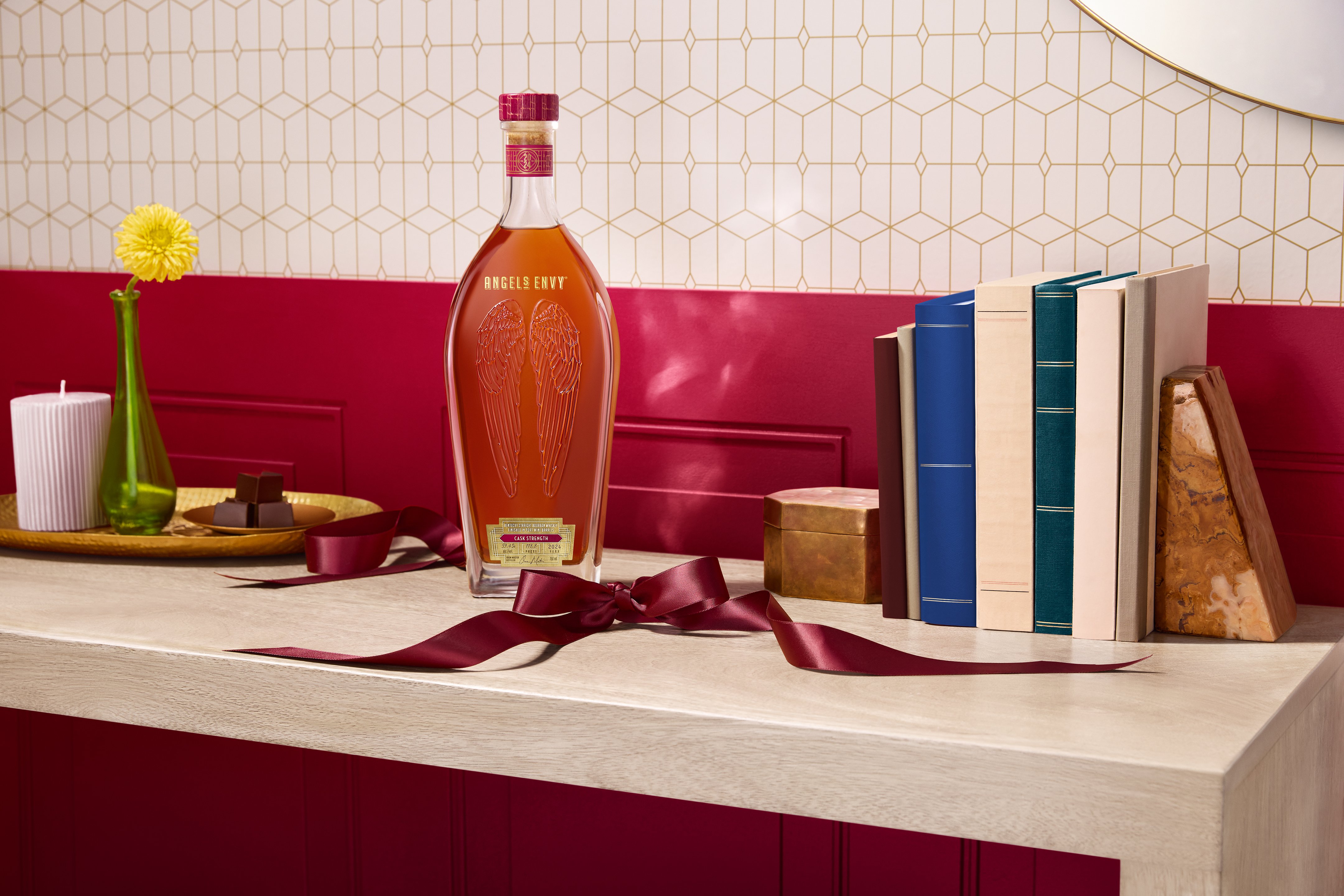On January 26, we celebrate this great nation of ours and all things Aussie. For over a century, our drinks industry has produced pearlers of provenance standing the test of time.
Enjoyed by generation after generation of Australians these ‘true blue’ icons have seen it all from world wars, government dismissals and global pandemics. Today, they are as popular as ever.
This Australia Day is the perfect opportunity to celebrate how lucky we are in the lucky country and raise a glass to the great Australian drink.
BUNDABERG RUM
What do fires, the Australian Prime Minister and a bear have to do with Bundaberg Rum? This story began in 1888 when a group of Queenslanders built the Bundaberg Distillery off the back of the state's burgeoning sugar cane industry.
They made 225,000 gallons in their first production run - plenty to quench the thirst of rum-loving Australians. Bundy was off to a good start until the economic depression of 1890-93. Then two fires hit - in 1907 and 1936, destroying the building, stock and even setting the Burnett River on fire! Fortunately, the owners were the valiant type and rebuilt time and again. During World War Two, visiting American soldiers introduced Australians to mixing rum with cola. The Bundaberg team thought they were onto a good thing and created the popular Bundy and Cola. In 1961, the future Australian PM, William McMahon’s brother Sam was involved with the business and responsible for Bundy's square bottle and bear (McMahon means ‘son of bear’ in Irish). Many things have stayed the same since then, however,
Bundaberg’s innovative arm has led to the creation of many barrel-matured rums, mixed drinks - including the famous rum and ginger - and liqueurs.
CHÂTEAU TANUNDA
In the heart of South Australia’s wine country stands an unlikely - but fitting - château. After all, the Barossans built Château Tanunda in 1889 on the plight of France’s wine industry. Europe needed wine and Europeans had been planting vines in the Barossa Valley since 1840, so the region was a natural choice.
In 1890, table reds and brandy sailed west with success, but brandy made the château's name. Ten years later, Sydney-based wine and spirit merchant Tucker & Co. became responsible for Château Tanunda Brandy’s interstate push. The company had a knack for clever marketing - first promoting the brandy as a cure for all ailments. Château Tanunda Brandy was now a household name.
In 1914, the brandy accompanied Australian troops to the war front. Later, during the Great Depression, the brandy became the face of a major campaign, 'The Problem of Youth’, created to find work for Australia's unemployed youth during the Great Depression. It worked. Next came Château Tanunda's series of 'Historical Firsts' - capsule lessons on Australian history - which got the brandy's name into libraries and schoolhouses. In the early 1930s, as brandy sales slumped across NSW, Tucker decided to up its advertising investment. Newspapers and radio stations were popular, but neon signs were all the rage. It proved to be quite the investment given that one of those signs still hangs in St James Station in Sydney.
Sydney might also be without a symphony orchestra if it wasn’t for Château Tanunda. Silent by 1923, Tucker brought the orchestra back to life under the brandy's banner.
At 130 years of age, not only is Château Tanunda Australia's oldest brandy, it is integral to Australian history. Today, it is still well sought after, no longer for its cure-all properties, but its taste - now aged for five years in wooden casks for more depth and character.
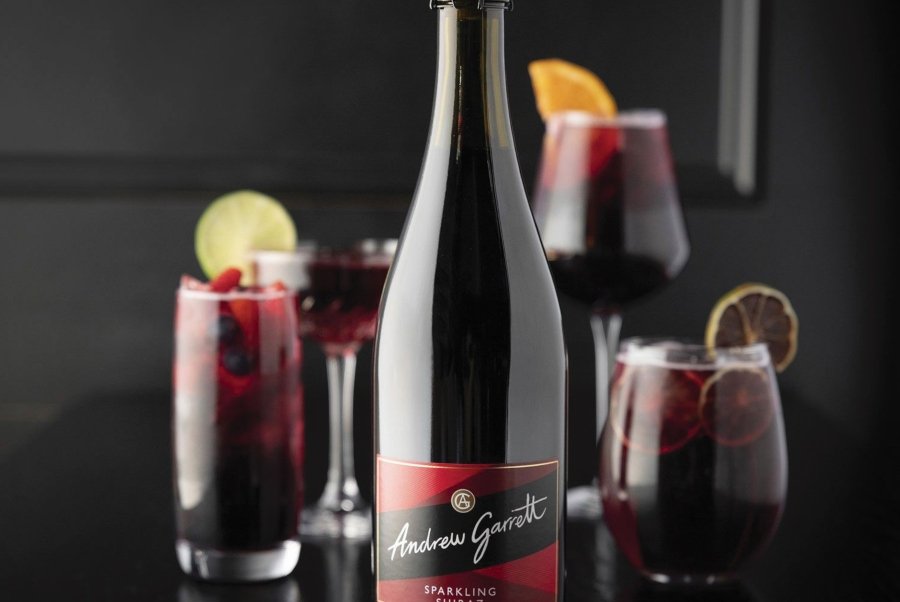
ANDREW GARRETT
The Andrew Garrett name is synonymous with Australia's original sparkling wine. However, its history is hard to come by, and there is probably a good reason why. The brand was established in 1983 by winemaker Andrew Garrett in South Australia's McLaren Vale wine region. He became best-known for his sparkling shiraz at 'top dollar' - often less than $15 per bottle.
Sparkling shiraz, originally coined ‘sparkling burgundy’ was developed by the Victorian Champagne Company in 1881 but didn’t grow in popularity until the 1980s. Now it’s hard to imagine an Australia without the iconic, rich, maroon-coloured wine. By the 1990s, Garrett was a high flyer and made his fortune by selling the wine brand to Foster’s with his sparkling shiraz the feather in the cap. However, a good history story isn’t without struggle and in 2004, Garrett declared bankruptcy, owing $80,000 in
unpaid taxes. His wine brand faired better in Foster's hands; however, even the company wanted rid of it after taking over Southcorp and its many brands in 2005. As for what happened next? Vok Beverages - Bickford's Australia's sister business - took over distribution of the iconic Andrew Garrett Sparkling Shiraz and now the brand is here to stay.
Look out for Part Two of the Australia Day Aussie Icon Series coming soon.
Share the content
